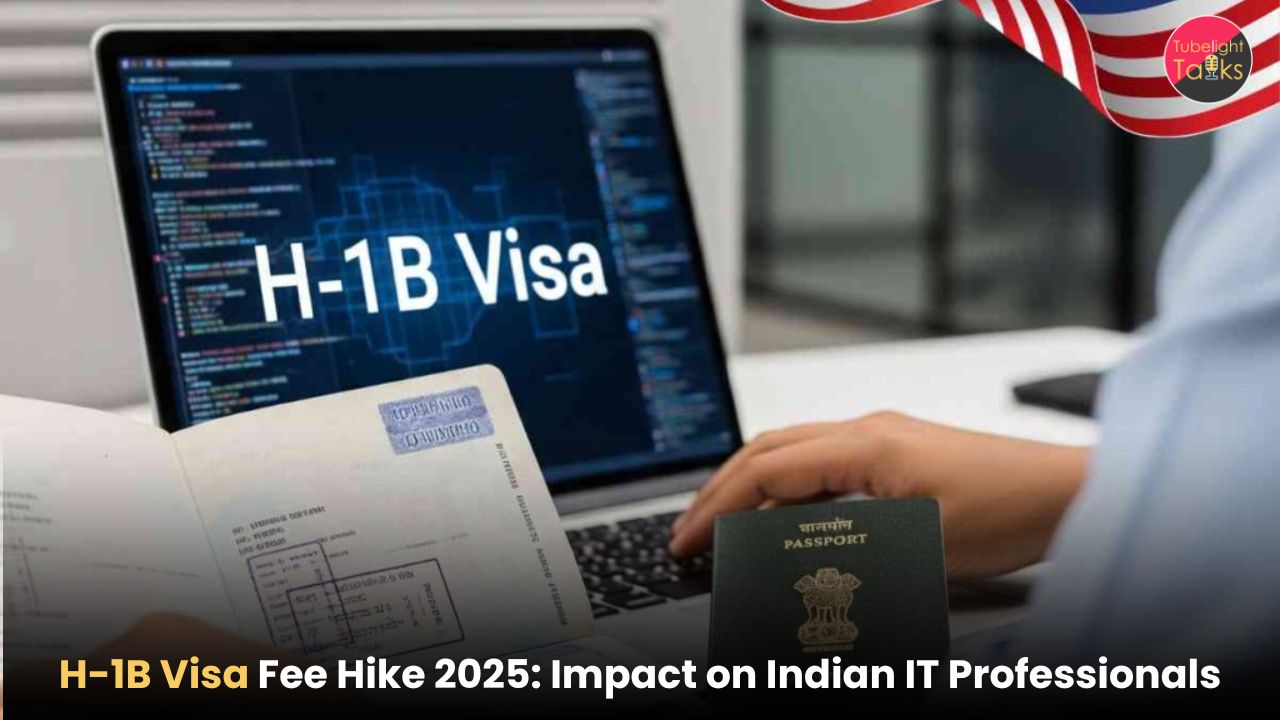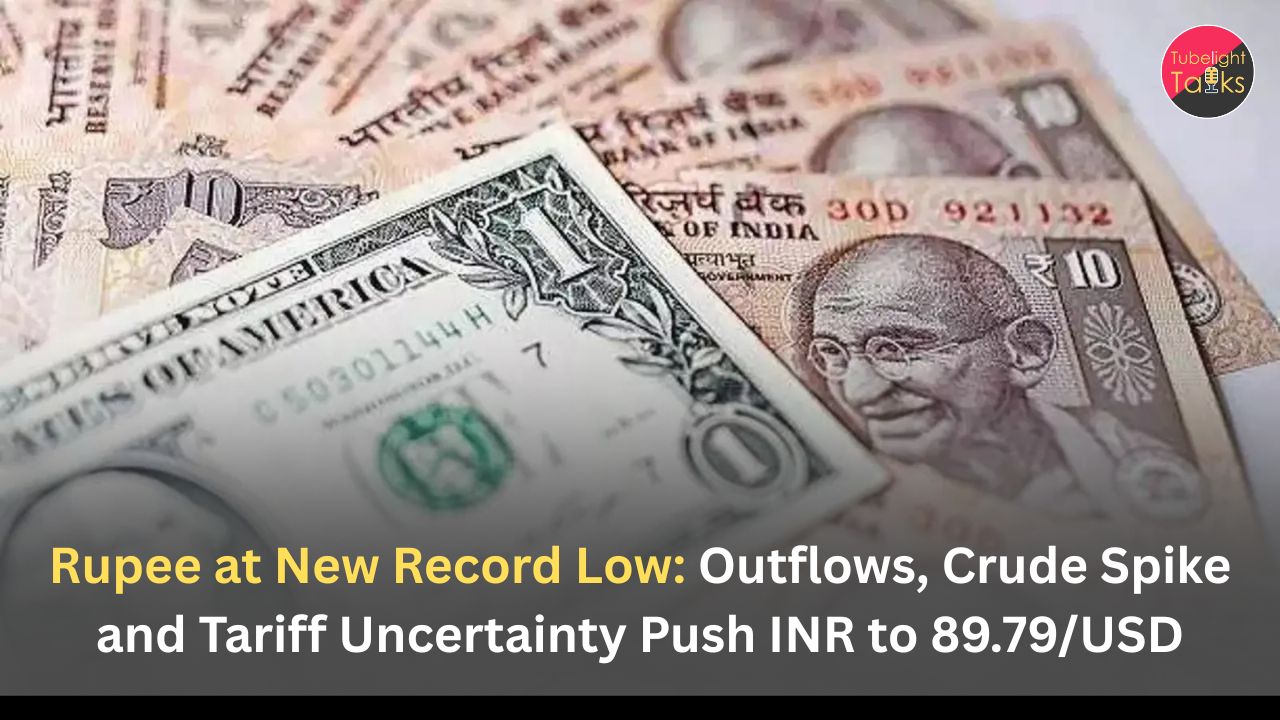The H-1B visa has long been a gateway for Indian IT professionals chasing the American Dream in the US tech industry. In 2024, Indian professionals reportedly accounted for about 71% of all H-1B visas issued, making India the top beneficiary.
However, a major policy shift announced on September 19, 2025, by the US administration under President Donald Trump has sent ripples through the sector. The H-1B visa fee for new petitions will rise to $100,000, effective for petitions filed on or after September 21, 2025. This dramatic hike raises critical questions: How will this impact Indian IT professionals, their employers, and India’s tech landscape? Our blog unpacks the challenges, strategies, and potential opportunities arising from this change, offering insights into what lies ahead for thousands of skilled workers.
Breaking Down the Fee Hike
- The new $100,000 fee applies only to initial H-1B petitions, not renewals or existing visa holders.
- It is a one-time fee per petition, not an annual charge.
- The fee takes effect for applications filed on or after September 21, 2025.
- This is in addition to existing USCIS filing fees, not a replacement.
For Indian IT giants like TCS, Infosys, and Wipro, which rely on H-1B visas to deploy talent in the US, the cost increase is significant. TCS alone held over 5,500 H-1B visas in 2025, according to USCIS data. Analysts estimate a 7–8% EBITDA hit for these firms if they absorb the new fees for fresh hires. However, the actual impact may be limited since only 2–5% of their US workforce is on H-1B visas, with firms already shifting toward local hiring.
Impact on Indian IT Professionals
For Indian professionals, the fee hike could reshape career paths. Early-career techies, who form the bulk of H-1B applicants, may face barriers as companies hesitate to sponsor costly visas. Nearly 400,000 existing Indian H-1B holders are safe for now since the new fee does not apply to renewals, but new aspirants will face much tougher entry.
Many may be forced to explore alternatives — such as returning to India, pursuing L1 visas, or considering destinations like the UK and Canada, which are easing skilled worker rules. Still, the emotional and financial toll of disrupted US dreams is undeniable, pushing many to rethink their aspirations.
Corporate Strategies to Adapt
Indian IT firms are already adapting to the fee hike:
Local hiring: Infosys, for example, now employs 50–70% of its US workforce locally.
Offshoring: Expanding global capability centers (GCCs) in India to reduce reliance on US staff.
Client cost-sharing: Some firms may share the $100,000 burden with US clients.
This trend isn’t entirely new. H-1B issuances for major IT firms had already been declining — Infosys saw its share drop from 14,792 visas in 2015 to about 10,000 in 2024.
A Silver Lining for India?
Could this policy actually benefit India’s tech industry? Experts like IIT Madras Director V. Kamakoti call it a “blessing in disguise.”
With US visa costs soaring, companies may redirect investments to India, fueling growth in GCCs and IT exports, projected by Nasscom to reach $150 billion by 2029. Cities like Bengaluru and Hyderabad — already thriving tech hubs — may see a surge in opportunities as firms prioritize domestic expansion over US deployment.
Navigating the Future
The H-1B fee hike poses challenges but also opens doors:
- Indian professionals can tap into India’s booming tech market.
- Alternative destinations like the UK or Canada provide friendlier visa regimes.
- For companies, the focus will be on balancing costs and innovation, which could ultimately strengthen India’s role as a global tech leader.
H-1B Uncertainty and the Higher Purpose of Life Beyond the American Dream
The sudden H-1B visa fee hike has stirred anxiety among Indian IT professionals, yet spirituality reminds us of a higher perspective. As Sant Rampal Ji Maharaj Ji explains through scriptures, livelihood concerns are temporary – God Himself provides sustenance to His devotees. True peace lies not in chasing unstable worldly opportunities but in realizing the ultimate purpose of human life: attaining salvation (moksha). While professionals and companies may adapt through new strategies, seekers of truth are called to adopt Sat-Bhakti, the true way of worship given by Sant Rampal Ji Maharaj Ji. By doing so, one need not fear career uncertainties or financial burdens because the Almighty takes care of worldly needs. What deserves our focus is liberation of the soul, which is the eternal solution beyond temporary struggles.
FAQs on H-1B Visa Fee Hike 2025
1. What is the new H-1B visa fee in 2025?
The H-1B visa fee for new petitions has increased to $100,000, effective September 21, 2025.
2. How will the H-1B fee hike affect Indian IT professionals?
It may discourage new applications, especially for early-career professionals. Many may instead seek opportunities in India or other countries like the UK or Canada.
3. Are existing H-1B visa holders affected by the fee hike?
No. The $100,000 fee applies only to new petitions, not renewals or current visa holders.
4. How are Indian IT companies responding to the fee hike?
Companies like TCS, Infosys, and Wipro are increasing local hiring, offshoring work to India, and considering cost-sharing with clients.
5. Could the fee hike benefit India’s tech industry?
Yes. Experts suggest it may boost GCCs and IT exports in India, potentially driving growth to $150 billion by 2029.
6. What alternatives exist for Indian professionals affected by the hike?
Options include working in India’s growing tech sector, pursuing L1 visas, or exploring countries with friendlier visa regimes like the UK and Canada.










